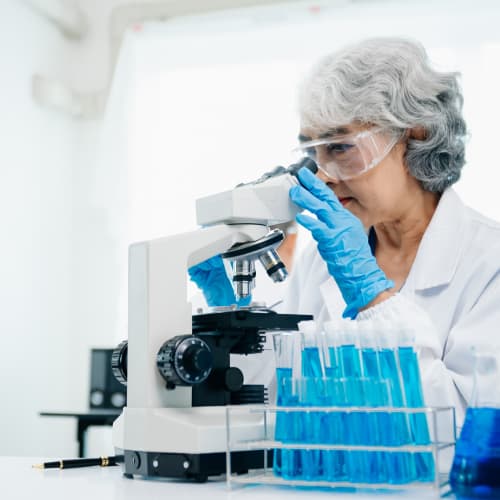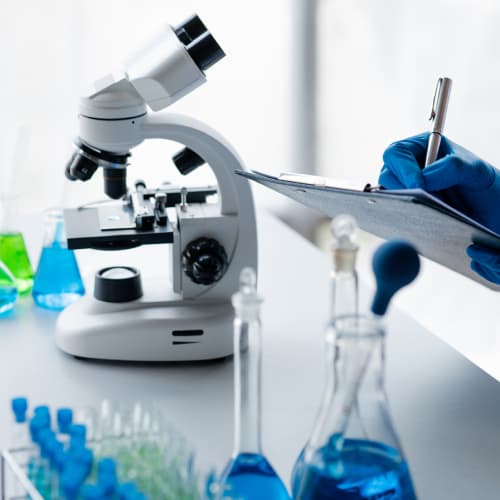Method transfer in the pharmaceutical industry is a crucial element of the quality control aspect of the drug development process. It serves as a kind of fail-safe to ensure that the methods being performed in one laboratory produce reliable results when duplicating the procedure in another.
BA Sciences has the equipment, expertise, and capabilities necessary to provide analytical method transfer for pharma and biotech companies under virtually any conditions. With our guidance and rigid adherence to the most stringent standards found anywhere in the industry, we are dedicated to providing the highest levels of service.
Ensuring proper analytical method transfer in pharma is crucial for several reasons. First and foremost, this process provides assurance that your lab’s work is being conducted in the most successful and accurate manner possible. Method transfer also ensures that your processes match with industry standards, especially GMP. Finally, method transfer and validation are critical to make sure your company produces pharmaceuticals that are safe for the public and effective in their stated purpose.
How Does Method Transfer Take Place?
Following analytical method transfer guidelines in USP <1224> is extremely important in order to receive the best results from the procedure. In a general sense, it requires your laboratory (also known as the sending laboratory) to provide extensive documentation of an analytical test procedure to another facility (known as the receiving laboratory). Using the documents provided, the receiving lab should be able to duplicate the testing procedure down to the smallest detail. After running the duplicated test, the receiving lab should be able to confirm that it produces the same results. The receiving lab might then flag any issues with the methodology or any other elements of the test for further clarification and send the results back to the sending laboratory.
At the core of the entire process are the documents that detail all the pertinent aspects of the test in question. These documents should include specifications such as desired atmospheric conditions, sample preparation approach, and equipment settings. After the entire method transfer is complete, the laboratories typically move into the validation phase.

